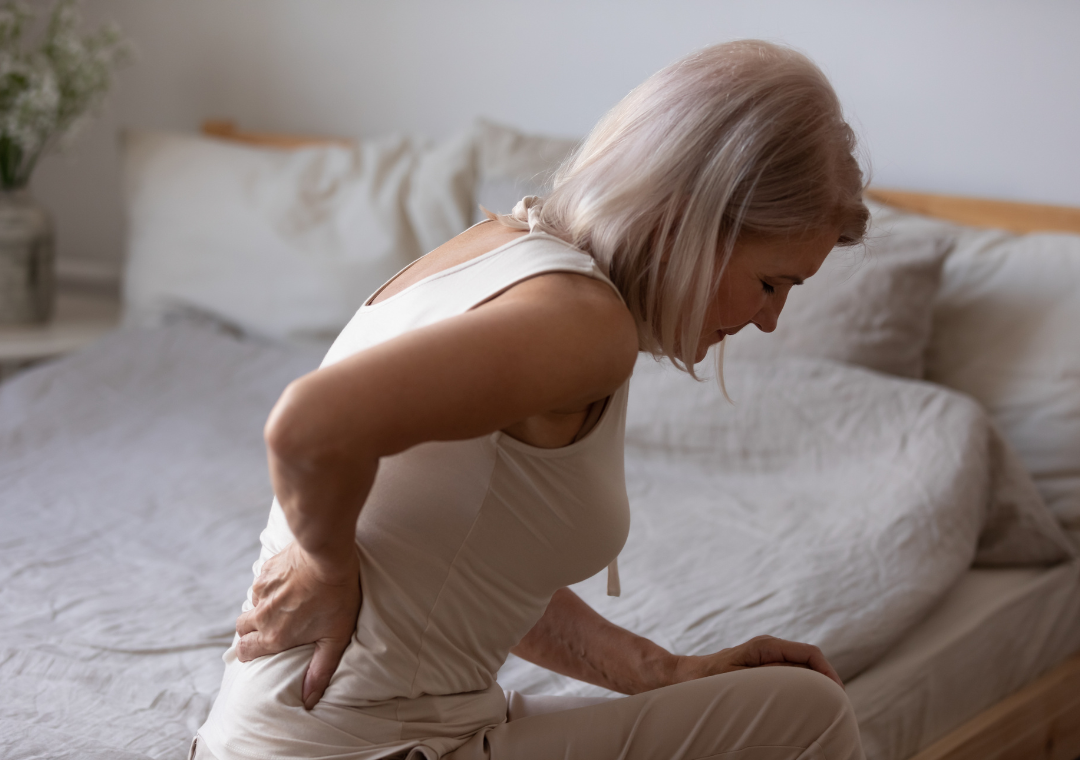Osteoporosis happens when the body doesn’t make enough bone, loses bone, or a combination of the two. When bones become porous, the spaces within the bone look like a honeycomb. This makes the them super weak and prone to breaking (1).
As we get older, our bones become less dense and turn spongy. We lose more bone than we can build, and it becomes problematic. Because estrogen is important in the building process of bones, women who have gone through menopause are more prone osteoporosis than men (2).
You should always check if a pre existing medical condition or medicine you’re taking may increase your risk of osteoporosis.
Symptoms:
Though the early stages don’t exhibit many symptoms, later on you may notice: slouched posture, back pain, and easy bone fracturing. People often become shorter from losing bone density (3).
Prevention (2):
- Exercise: remind your bones that the tissue needs to remain dense by working your muscles
- Calcium: maintains bones’ strength. You can find it in leafy vegetables and dairy products.
- Vitamin D: helps with calcium absorption. Eggs, milk, fish high in Omega-3 fatty acids are all good sources.
BINTO’s menopause line contains both Vitamin D and Calcium within the daily supplements.
Treatment:
Exercise, Calcium, and Vitamin D are all great ways to treat osteoporosis. Medications like bisphosphonates can be prescribed to fight bone loss- talk to your doctor about which treatments are best for you (2).
Resources:
1.https://www.nof.org/patients/what-is-osteoporosis/
2.https://newsinhealth.nih.gov/2015/01/osteoporosis-aging
3.https://www.mayoclinic.org/diseases-conditions/osteoporosis/symptoms-causes/syc-20351968

